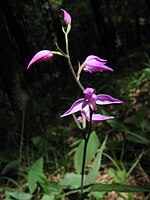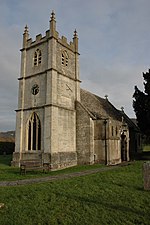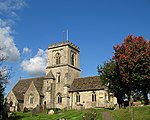Cotswold Commons and Beechwoods
CotswoldsForests and woodlands of GloucestershireNature reserves in GloucestershireSites of Special Scientific Interest in GloucestershireSites of Special Scientific Interest notified in 1954 ... and 1 more
Use British English from July 2014

Cotswold Commons and Beechwoods (grid reference SO900130) is a 665.5-hectare (1,644-acre) biological Site of Special Scientific Interest in Gloucestershire, notified in 1954.The Commons and Beechwoods lie within the Cotswold Area of Outstanding Natural Beauty. The site includes the Cotswold Commons and Beechwoods National Nature Reserve and Cooper's Hill Local Nature Reserve. It is part registered as common land and part owned by National Trust.The Cotswold Beechwoods are recognised as a Special Area of Conservation (SAC) under the EU Habitats Directive.
Excerpt from the Wikipedia article Cotswold Commons and Beechwoods (License: CC BY-SA 3.0, Authors, Images).Cotswold Commons and Beechwoods
Main Street,
Geographical coordinates (GPS) Address Nearby Places Show on map
Geographical coordinates (GPS)
| Latitude | Longitude |
|---|---|
| N 51.815989 ° | E -2.145745 ° |
Address
Cotswold Commons and Beechwoods
Main Street
GL4 8HR , Cranham
England, United Kingdom
Open on Google Maps











